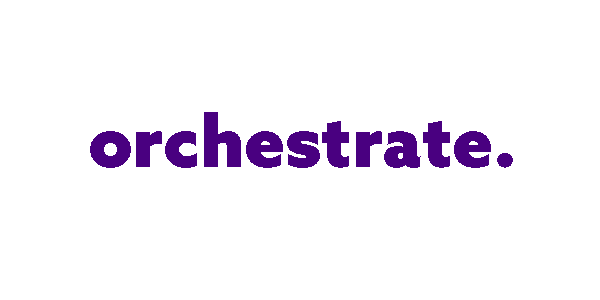Your digital strategy should be the strongest aspect of your marketing solution; if it’s not, you’re at serious risk of losing your audience to your competitors. Think of it like this – you wouldn’t launch a product without some form of process in place beforehand. Not only is that asking for trouble during the launch, you risk the reputation of your business if the launch doesn’t go to plan.
A strong digital strategy requires marketing, sales and service to row in the same direction towards an overall goal. Everyone must be onboard if you want to drive revenue.
The pre-digital strategy work requires visibility across the entire customer lifecycle. Most companies have built their tech stack around customer acquisition data, but you need to also collect data about the touchpoint that occur post-sales in addition to what occurs during the lead management process or buyers journey. This can often result in masses of data, and expanding the scope of the data can be challenging.
Data may well be spread across multiple systems, including your accounting system, ticketing system, eCommerce platform, marketing automation platform, CRM and more. With the more sources of data you have the harder it is to access and analyse all the information available. The payoff however, is worth the effort because customer data analysis can help you understand the current state of your business and make informed decisions around how you should operate in order to scale.
Before you get the white board pen out and start defining your digital strategy, here are five areas to consider when analysing your customer data.
1. Who are our customers?
There’s a difference between determining your ideal customer profile and identifying the profile of your actual customer base.
Does the theory align with reality? Do the firmographic characteristics of your customer base align with your ICPs? Are there commonalities among your customers that should be added to your ICPs?
2. Who are our best customers?
Who are we best at acquiring, best at retaining and best at expanding? Why do customers stay with you? What causes customers to expand?
If you’re not acquiring who you retain the best, high churn rates can make it difficult for your company to scale. Additionally, just because a customer is being retained doesn’t mean they’re expanding.
3. Who are my customer cohorts?
Breaking your customers into segments based on shared characteristics in order to understand behavioural patterns.
How do your customer groups differ based on when, where or how they were acquired? Are your trends improving or decreasing? It may also be worth your time reviewing the data over time periods to look for seasonality across cohort groups.
4. Who’s just trying us out, and who are our fans?
Are your churn numbers being overinflated by trials? If you have a freemium model or see people frequently paying for short engagements in order to try out your product or service, you should consider what your definition of a customer actually should be.
What level of contract or feature usage indicates someone’s a customer? When are users expanding? Does expansion happen on different timelines for different company sizes?
What causes someone to become an fan? Look for leading indicators from your fan base you can track and nurture?
5. How did my customers become customers?
Identify the channels your customers coming through. What messaging worked best? Which marketing assets are most commonly being leveraged during the buying process?
In terms of the ratio between customer acquisition cost and customer lifetime value, which channels are most effective? Do you have channels or campaigns bringing in disproportionate numbers of unqualified leads or poor-fit customers?
The point to all of this.
You can’t determine what actions should take without understanding the current state of your customer experiences. And, you can’t make an informed decision without first understanding the impact that decisions could have on your revenue aspiration. While often challenging, customer data analytics help you understand the needs of your customers and in doing so, help you to answer the three most important strategic questions.
Who the hell am I? Why should anyone care? Why should anyone believe you.


